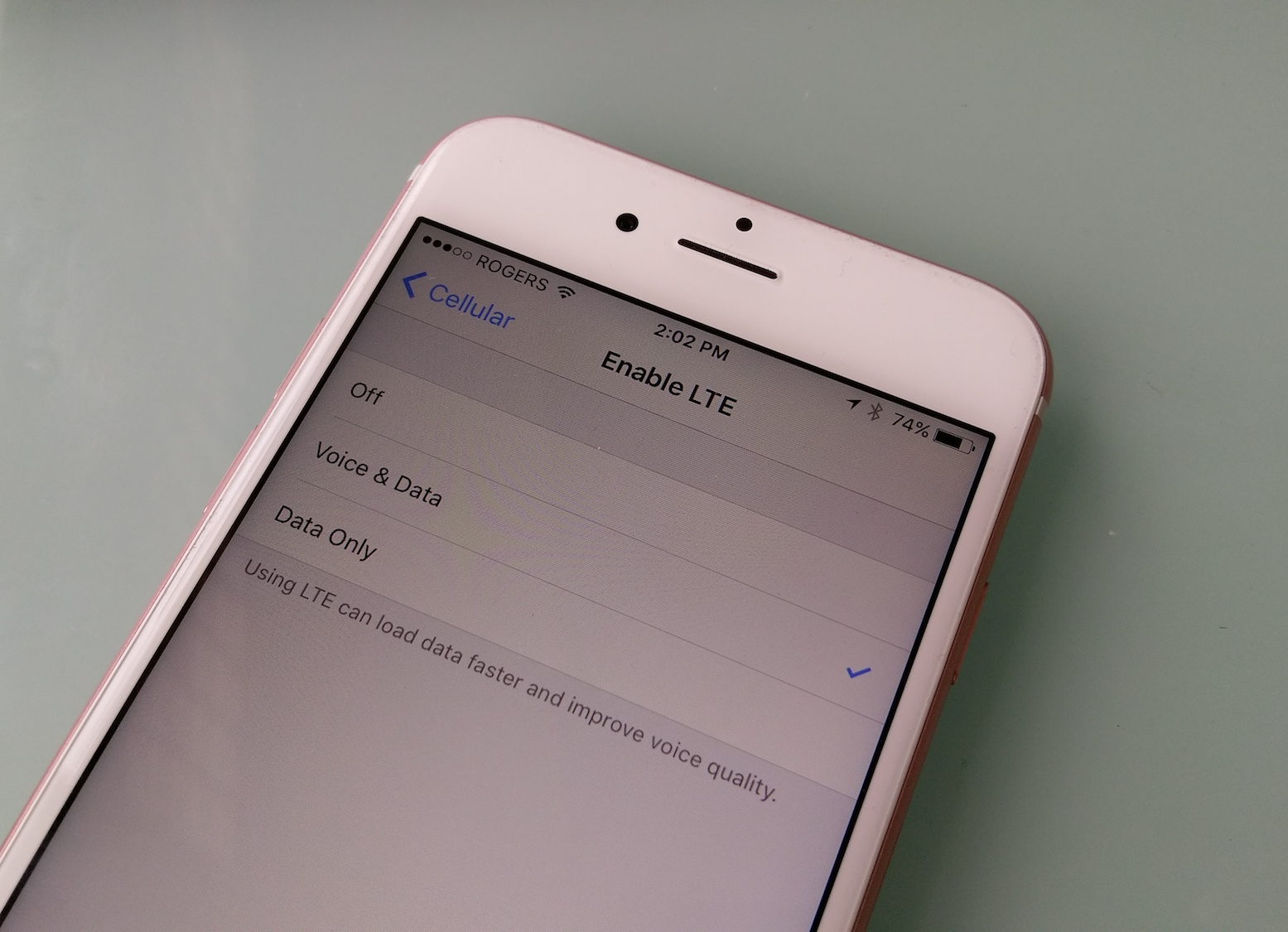When you look at your phone’s screen, it usually shows a signal indicator that indicates cellular data. If it says 4G, it means you have a high-speed connection.
3G, E or GPRS may also be displayed, but these are slower connection speeds.
What is LTE?
LTE is a technology that allows your phone to use the cellular network to download apps and other files much faster than the old 3G network could. It also allows your phone to connect to the Internet over a cellular connection.
There are different types of LTE networks, but they all share the same basic set of features that make them work. For example, an LTE network supports simultaneous voice and data communications, which means that you can call a friend while downloading a video or music file.
Some LTE networks have a wide coverage area, while others don’t. It’s important to understand the type of LTE your iPhone is using so that you can decide which network will be best for you.
When you’re on an LTE network, your iPhone may show “LTE” or “4G” when it detects a signal from a nearby cell tower. Some carriers may show “HSPA+” or “HSPA+plus,” which is a newer technology that’s faster than LTE but not quite as fast as 4G LTE.
In the US, Apple sells three models of the iPhone 6s that support different cellular networks: two GSM-based models (A1633 and A1688) that work on Verizon, Sprint, and T-Mobile; and a CDMA-based model (A1687), which is activated on AT&T. In both cases, you can swap in a different SIM card to use the phone on another carrier.
What is 4G LTE?
The iPhone 6s supports 4G LTE – the latest generation of wireless technology. It’s a huge step forward in connectivity and speed, but it also brings with it some limitations. For example, you may have trouble using your phone with some car navigation or emergency services if you’re on an LTE network.
There are several ways to check what sort of 4G connection you’re getting on your iPhone 6. First, look at the signal indicator next to the home button on the main screen. If you see a green bar, you’re getting the fastest possible data connection on your network. If it’s a yellow bar, the connection isn’t quite as fast, but it still works.
Another way to find out what kind of data you’re getting is to go into the settings. From here, you’ll be able to view your network’s signal strength and turn on Wi-Fi Assist, international roaming, or your mobile data connection. If you’re in a poor signal area, you may need to switch to 3G or E to get the most out of your connection.
You’ll also be able to view a graphical representation of your LTE signal’s strength, which is usually in the form of a bar or two. In general, the more bars, the better. This can be especially useful if you’re trying to watch a video or download something from the Internet. It’s also a handy feature to have if you’re traveling to a new area and want to make sure that you’ll be able to connect to the internet on your trip. Alternatively, you can use this information to help choose the right cellular plan for your needs.
What is 5G LTE?
5G is the new generation of wireless technology that uses a broader spectrum than 4G LTE, resulting in faster mobile connections. In the United States, 5G is starting to be deployed by carriers like AT&T and Verizon, which claim data speeds that are 10 times or more faster than 4G LTE.
However, 5G will only replace 4G in a few areas. Most of the world will still use 4G networks for most of their cellular service, although some carriers will begin to expand into newer, faster areas.
Until 5G is available, the iPhone 6s is a 4G-only smartphone. You can check if you have it by going to Settings > Cellular and selecting a network.
You can activate 5G on your iPhone by going to the Cellular Data Options screen and selecting the type of 5G service that your carrier provides. You can then choose to have your device automatically switch to 5G when it’s available, or to only use it when there are faster 5G speeds. This saves battery life, but you’ll want to be aware that 5G can be more data-intensive than 4G LTE.
What is the difference between LTE and 4G LTE?
Many people use the terms 4G and LTE interchangeably, but that doesn’t mean they’re the same thing. Understanding what they are and how to tell them apart can make a big difference to your phone.
There are a few different types of LTE technology, and each has its own set of standards. One of these is called LTE-Advanced, and it’s considered to be a slightly faster version of 4G.
The other type of LTE is called cellular LTE, and it’s also considered to be a bit faster than 4G. This is because it has more antennas than its counterpart, so it can send data much more quickly.
Another difference between the two is that cellular LTE uses more data than its predecessor, LTE, so it’s important to be careful with your usage. However, it does have its advantages: for example, cellular LTE can be more power efficient than its predecessor, which can help reduce your phone’s battery life.
This is because cellular LTE is much faster than its predecessor, which means that it can allow users to stream movies, play games, and do other tasks in a much more seamless way. It can also help reduce latency, which can be a problem with older mobile networks.
